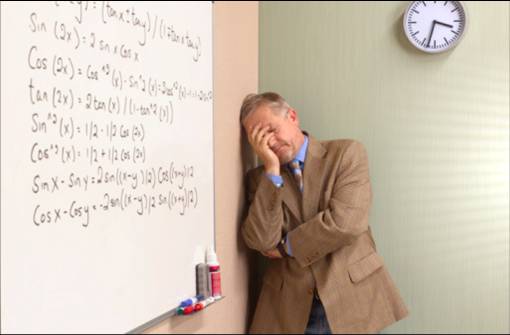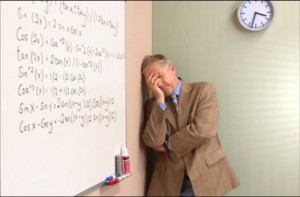
 Have you ever seen training go wrong? As I’m teaching Instructor Development Workshop, I include a case study for attendees to work on. This case study is the ‘story’ of a real estate manager who had the best of intentions when she created her training program. However, she made a mess of it because she followed some of the poor role models she’d had as an agent–or from watching other managers.A� Why use a case study? To check the learning of the attendees. Their answers and insights help me see what I did right–and what I need to keep working on with the attendees.
Have you ever seen training go wrong? As I’m teaching Instructor Development Workshop, I include a case study for attendees to work on. This case study is the ‘story’ of a real estate manager who had the best of intentions when she created her training program. However, she made a mess of it because she followed some of the poor role models she’d had as an agent–or from watching other managers.A� Why use a case study? To check the learning of the attendees. Their answers and insights help me see what I did right–and what I need to keep working on with the attendees.
Here’s the case study:
Sally, in charge of training for her real estate office, decided she had to have a full training calendar. Her listing conversion rates in her real estate were very low (less than A? of her listings were selling in normal market time). Her agents had very low numbers of listings per agent and transactions per agent. She had 50 agents in her office, but was not making a profit. So, she asked her agents which classes they wanted. They told her they wanted classes in 1031 exchanges, risk reduction, and commercial real estate (theya��ve always been interested in various topics and love knowledge for its own sake; after all, they said, you never know when youa��ll need to know……….).
Sally wanted to deliver what her agents said they wanted. Because, after all, a person in Sallya��s position wants to keep the agents happy. So, Sally made a training schedule with lots of lecture on various topics that the agents knew little about. Every Friday, she had a guest lecturer come in and talk about these topics. She required no outlines, no credentials, and no teaching outlines, because she thought that if someone recommended the instructor, he/she must know her subject. And, she had to fill that calendar fast!
In addition, Sally did do some a�?traininga�� herself on sales. Once a week, she chose a topic she thought the agents would like. These trainings were targeted at non-or low producers, because Sally thought that if she created a�?traininga�� for them, they would sell more real estate.
Sallya��s procedure was this: She invited everyone to the classes. She used a student outline that she liked from various courses she had attended, and talked through it. (Sally didna��t know how to use alternative delivery methods). She didna��t teach to objectives, because she didna��t know what they were. Her approach was this: She got an outline, made copies of it, and told the agents that, today, they were going to talk about _________. Or, sometimes, she said, a�?We have a lot of material to cover.a�? She was trying to create lots of value by providing lots of information.
She required nothing of the agents to get into the class. She didna��t do a series, because she wanted to a�?cover a lot of materiala��. She did a wide array of topics, because, she figured, a wide array is better.A� Sally didna��t bother to arrange the topics in any logical sequence (such as the decision-making process or the 4 steps of the sales process) because she wanted to cover many different topics. She thought the students would hear something that would help them……She didna��t require the students to do anything with the information after the class, believing that they would hear it and immediately put it to work without practice, coaching, or action plans.
After Sally got really busy, she asked some of her agents to a�?teacha�� certain topics. She gave them the topics and thought they could tell the agents how they did it. Sally didna��t understand the difference between a�?how something does ita�� and how to do it).
After a few months of doing this, Sally didna��t see any results in increased production.
The Exercise
Pick out at least 10 mistakes Sally made in her approach to a�?traininga��, and give recommendations on how Sally needs to proceed to use training to change the production and profit picture in her real estate office.
What did you pick? Have you ever made some of these errors? Unfortunately, most of the time ‘training’ is created by filling out a calendar.
In my next blog, I’ll tackle how to make your training calendar actually work to reach the goals of your office.
What training mistakes do you see?
Note: If you want to dramatically improve your real estate training, see The Ultimate Real Estate Trainer’s Guide.
